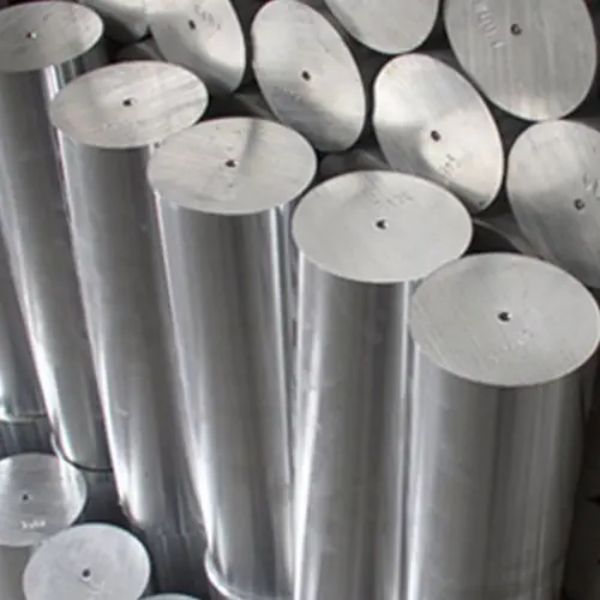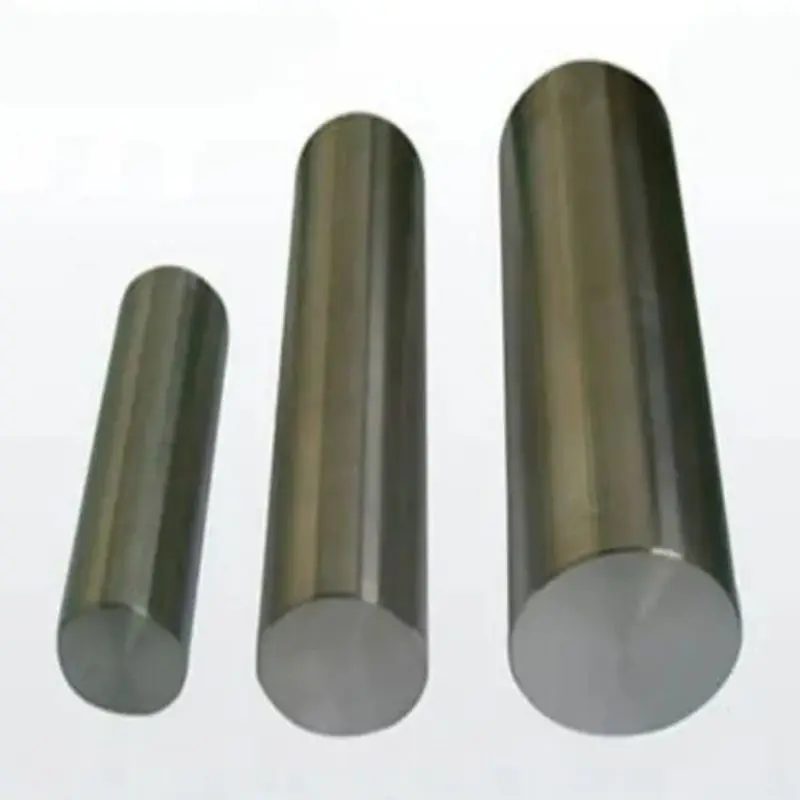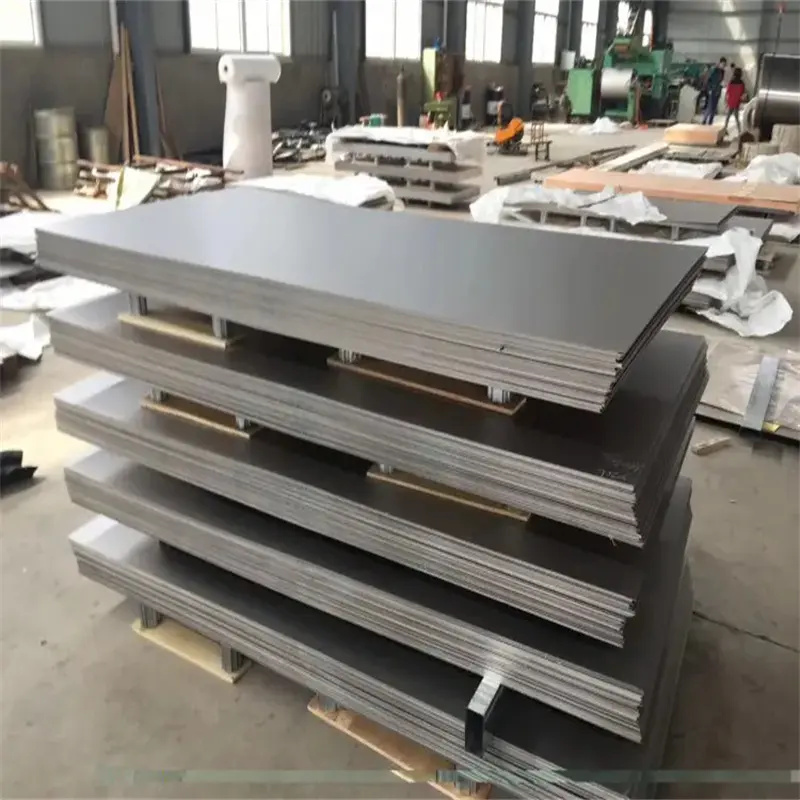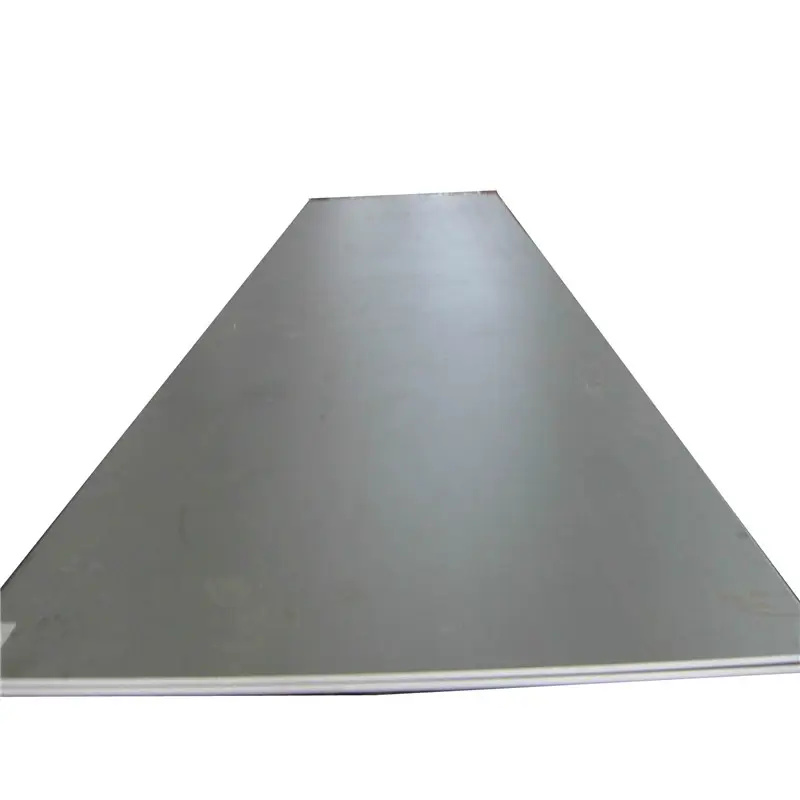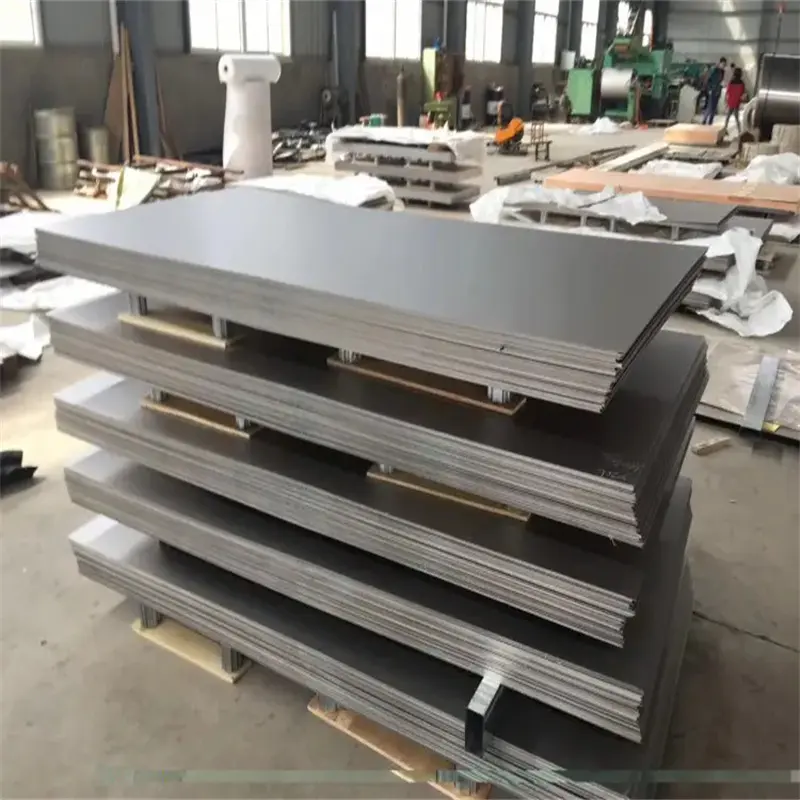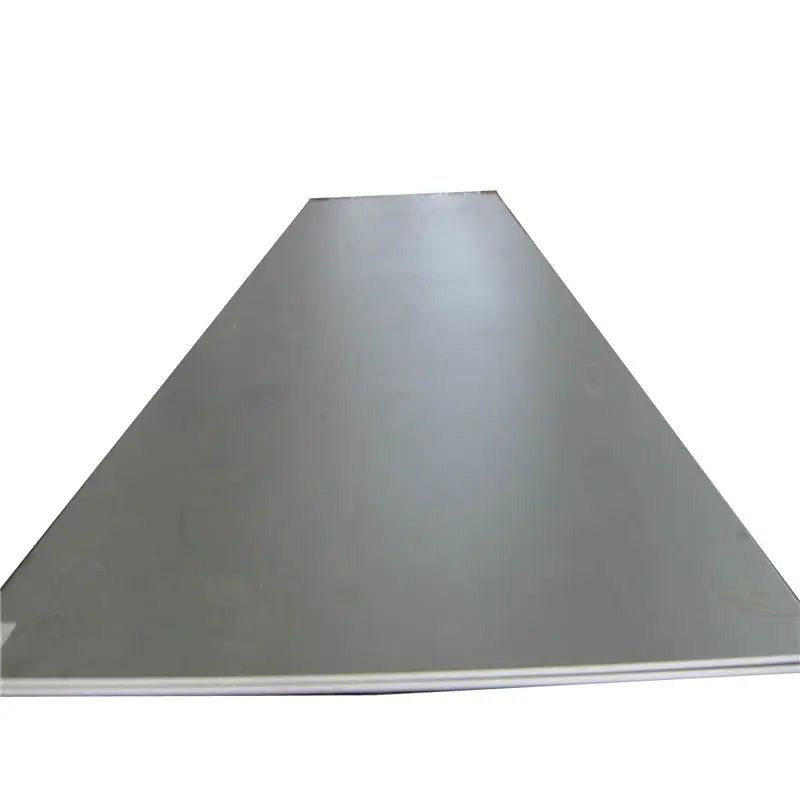Alloy 2205 Duplex Stainless Plate
A 22Cr-3Mo Stainless Steel
● General Properties
● Applications
● Standards
● Corrosion Resistance
● Chemical Analysis
● Mechanical Properties
● Physical Properties
● Structure
● Processing
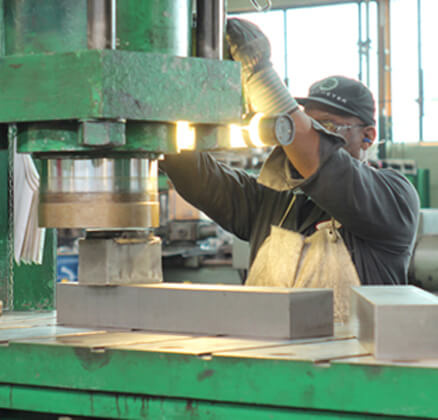
General Properties
Alloy 2205 duplex stainless steel plate is a 22% Chromium, 3% Molybdenum, 5-6% Nickel nitrogen alloyed duplex stainless steel plate with high general, localized and stress corrosion resistance properties in addition to high strength and excellent impact toughness.
Alloy 2205 duplex stainless steel plate provides pitting and crevice corrosion resistance superior to 316L or 317L austenitic stainless steels in almost all corrosive media. It also has high corrosion and erosion fatigue properties as well as lower thermal expansion and higher thermal conductivity than austenitic.
The yield strength is about twice that of austenitic stainless steels. This allows a designer to save weight and makes the alloy more cost competitive when compared to 316L or 317L.
Alloy 2205 duplex stainless steel plate is particularly suitable for applications covering the -50°F/+600°F temperature range. Temperatures outside this range may be considered but need some restrictions, particularly for welded structures.
Applications
● Pressure vessels, tanks, piping, and heat exchangers in the chemical processing industry
● Piping, tubing, and heat exchangers for the handling of gas and oil
● Effluent scrubbing systems
● Pulp and paper industry digesters, bleaching equipment, and stock-handling systems
● Rotors, fans, shafts, and press rolls requiring combined strength and corrosion resistance
● Cargo tanks for ships and trucks
● Food processing equipment
● Biofuels plants
General Corrosion
Because of its high chromium (22%), molybdenum (3%), and nitrogen (0.18%) contents, the corrosion resistance properties of 2205 duplex stainless steel plate are superior to that of 316L or 317L in most environments.
Localized Corrosion Resistance
The chromium, molybdenum, and nitrogen in 2205 duplex stainless steel plate also provide excellent resistance to pitting and crevice corrosion even in very oxidizing and acidic solutions.
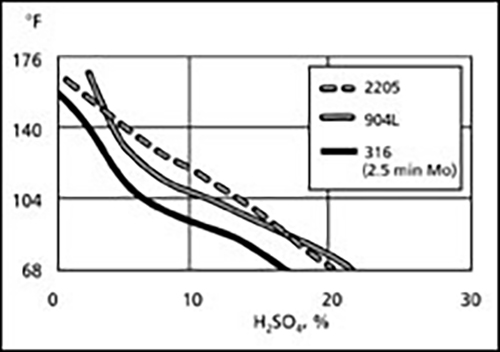
Isocorrosion Curves 4 mpy (0.1 mm/yr), in sulfuric acid solution containing 2000 ppm
Stress Corrosion Resistance
The duplex microstructure is known to improve the stress corrosion cracking resistance of stainless steels.
Chloride stress corrosion cracking of austenitic stainless steels can occur when the necessary conditions of temperature, tensile stress, oxygen, and chlorides are present. Since these conditions are not easily controlled, stress corrosion cracking has often been a barrier to utilizing 304L, 316L, or 317L.
